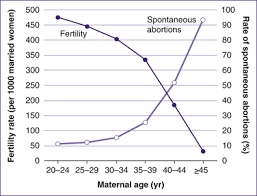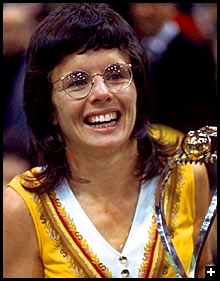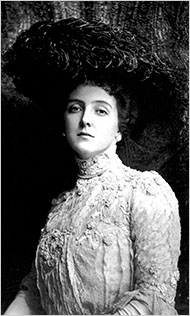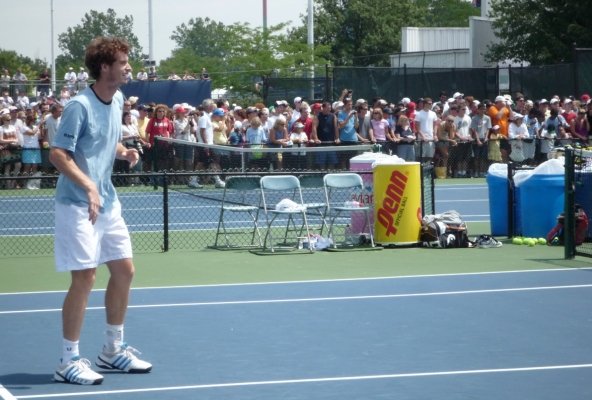You knew this one was coming: My rant about why no ball runner, whether child or adult, should ever be asked to handle a tennis player’s towel. Although people have recently raised this issue in light of Fernando Verdasco’s verbal abuse of a ball boy who failed to deliver his towel fast enough–
–I have for years felt a deep hated for the rule that obliges ball runners to handle the towels of the pros.
Full Disclosure: I was an adult ball runner who handled pro towels. I used to love ball-running. I didn’t so much seek out ball-running as it found me: My town’s Challenger level tournament falls during a school week, leaving its organizers shorthanded for help on day sessions. Tournament staff stalk the courts and round up any adult players they know well enough to trust with throwing the ball in the right direction at the right time.
In my perfect world, everyone would get the chance to be a ball-runner. There is no better view of the sport than being on the court, staring down the path of an incoming serve, praying that the player in front of you gets returns it before you have to test your reaction time. You’re never closer to the action than where you can smell the rubber from some player’s sneaker skid, and hear the subtleties of tone when racquet strings hit against ball. Even three hours on court fly by when you have to be attuned to every point. It takes great discipline. No matter what happens, no matter what players mutter to themselves or to their opponents or to you, you’re not allowed to speak. For people who, like me, talk for a living, that’s a welcome respite.
Of course, some players know you can’t speak and take full advantage of that situation by treating you like shit. And so what got me out of ball-running was not the serve I took from Tim Smyczek that left a bruise on my abdomen for a week, nor the damage to my knees from constant sprints and bending.
No. My Waterloo came when then 19 year-old Jack Sock, after winning his game, headed straight to the bench while snapping his fingers behind his back at me. Forty-year old me with a job and a house and a husband and a PhD had to pick up his sweat-saturated towel and scamper quickly after him. Like a dog.
I didn’t love the sport enough to put myself at the mercy of a 19 year old entitled brat, I decided. So I ceased to volunteer for ball running spots after that.
I’ve never forgotten what it feels like to be treated like a servant. So I was not at all surprised to see Verdasco act up at that ball boy in Shenzhen. Players seem to get off on being catered to, and have the ready excuse for their behavior that it is born out of the heat of the moment. Unfortunately, kids who are eager to be close to their idols will pay any price, including the risk of humiliation. We’re never going to stop kids from handling pros towels if this is a question of etiquette.
There’s a far stronger, nearly incontrovertible argument for at last making pros handle their own towels, though, and it is this:
You might as well ask children to carry around the player’s toilet.
I’m not exaggerating. Towels are excellent vessels designed to retain bodily fluids harboring bacteria and viruses. Although sweat itself might not have a ton of bacteria in it, the skin it sits on does. That bacteria is rubbed into the towel every time a player rubs it over their face, arms, head, and–eek–torso. The towel–moist, warm, handed from person to person–is thus a perfect vehicle for spreading disease.
Doubt me? The second time I acted as a ball runner, I got norovirus the next day. “Oh, a lot of the ball kids have come down with that,” the tournament volunteer coordinator chirped. As if there was no common denominator there. You think players whose paychecks and careers ride on the outcome of a match are going to withdraw from a tournament just because they feel something coming on? No way. They’re just gonna chug some Immodium and get on court.
A cold or a little stomach bug is one thing. Far more horrifying is that MRSA, the killer antibiotic-resistant strain of Strep, has been documented as spreading via athlete’s towels. We’re talking a potentially deadly threat that, in the name of honor, or tradition, or just saving pros two steps, we’re happy to risk exposing children to. And those children may or may not have fully functioning immune systems. Believe me, they don’t put you through a full physical before throwing a tournament t-shirt at you and sending you off to a court. You’re lucky to get pizza and a drink on break. That’s what you get for the honor of exchanging bodily fluids with Jack Sock.
Because science is on the side of the towel rack, I think it’s coming to tennis, and probably sooner rather than later, having been already tested. It’s just a matter of time before some litigation-phobic counsel in ATP legal makes it permanent and official. Rather than lament yet another change to our sport, how about we make lemonade out of lemons? Each new towel rack could be prominently sponsored by Purell, or Lysol, or the Department for Infectious Diseases at Mayo Clinic. Players could practice yelling at the rack instead of the ball kids or their coaches. It’s a win-win, except only a qualified victory for ball runners, who still have to risk infection from the balls themselves. Because until Robin Soderling or some other ball manufacturing guru figures out anti-microbial felt, we’re all still taking our chances for the love of the game.
























